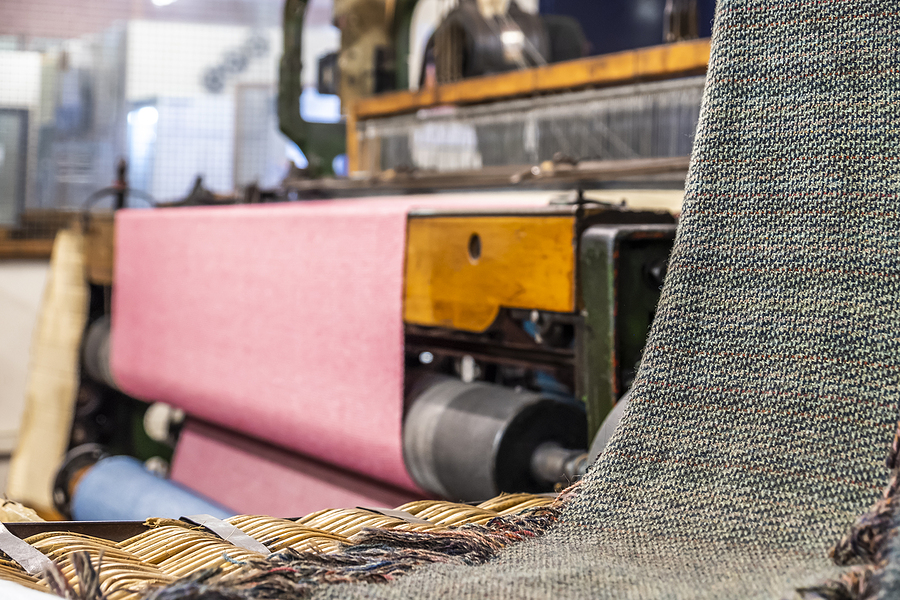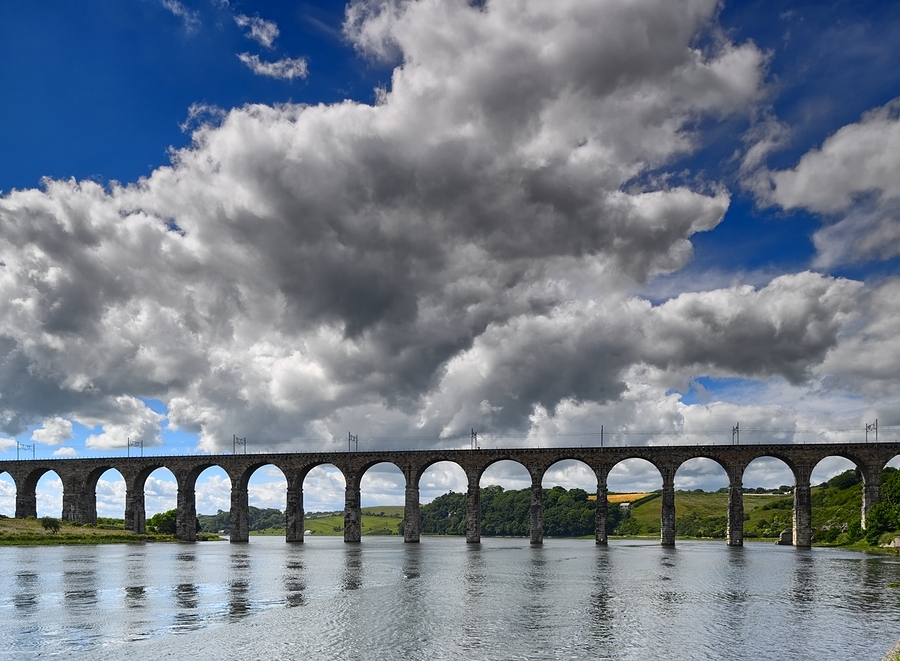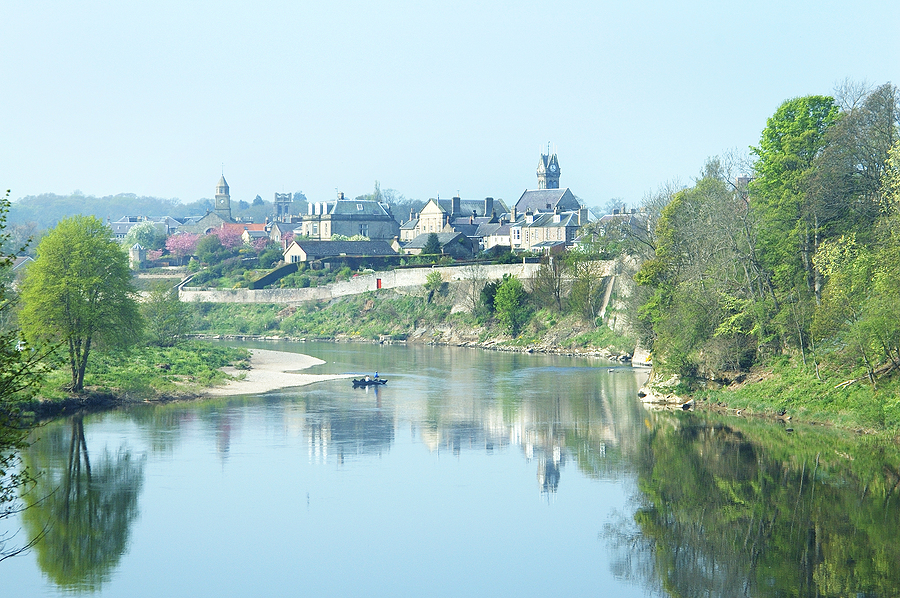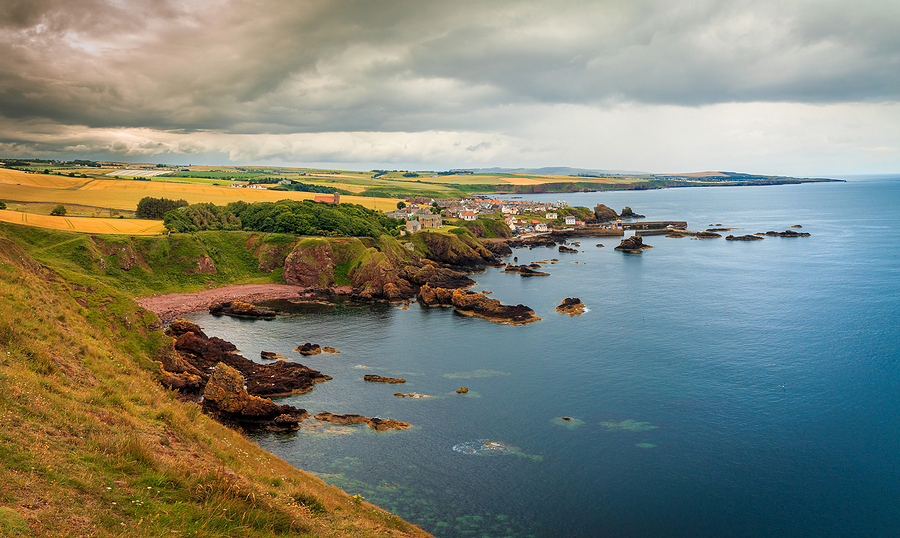A dozen or so things you never knew about Berwickshire
The sixteenth in our series of 'I never knew that about the beauty spots of Britain'
Britain is the most beautiful country in the world when the sun shines. And even when it doesn’t there are myriad tales and facts galore to enhance the beauty, whatever the weather. Here are some of them – they may make you want to go there….
A dozen or so things you never knew about Berwickshire (maybe)
Berwickshire is one of the four traditional Scottish counties that make up the Scottish Borders region bordering the English counties of Northumberland and Cumberland, the others being Peebleshire, Roxburghshire and Selkirkshire. For centuries the area was fought over by the Scots and English, with the town of Berwick-upon-Tweed changing hands 13 times before finally falling to the English in 1482. It is now England’s northernmost town and the only English town north of the River Tweed. Berwick Rangers is the only football club based in England to play in the Scottish Football league.
- The River Tweed takes its name from the Celtic word ‘tweed’ meaning border, and for much of its course the river forms the border between Scotland and England. It is considered one of the finest salmon rivers in the world.

Historic woolen mill production background with Tweed.
- Towns along the River Tweed, in particular Galashiels and Hawick, are famous for their woollen mills and in particular for producing Tweed, although the hard-wearing material only indirectly takes its name from the river. In 1831 a merchant in London received a letter from a woollen firm in Hawick promoting their ‘tweel’, the Scottish word for twill, a type of hard-wearing textile weave. The clerk at the London company read it as Tweed since the product came from a company located on the banks of the River Tweed and the material was subsequently advertised as Tweed. The name stuck.
- Berwickshire can boast of two remarkable bridges. The Union Chain Bridge which links England and Scotland across the River Tweed was Britain’s first suspension bridge capable of bearing road traffic. With a span of 360 feet it was built in 1820 by Sir Samuel Brown, using a new kind of link for chain cables that he had devised to enable the building of larger and heavier suspension bridges.

Victorian arched railway bridge on the river Tweed at Berwick-upon-Tweed North East England
- The Pease Dean Bridge, which crosses the deep precipitous tree lined gorge of Pease Dean, one mile north of the village of Cockburnspath, was the highest bridge in the world when it was built in 1786. Its four brick arches are 130 feet high.
- Manderston, outside Duns in Berwickshire, a glorious Edwardian rebuilding of a small Georgian house, boasts the only silver staircase in the world, inspired by Marie Antoinette’s favourite refuge, the Petit Trianon in the grounds of Versailles. In its Edwardian day it took three men three weeks to dismantle, polish and re-assemble the silver plated bannisters. The house as we see it today was largely built by Sir William Miller on the proceeds of herring, and his son Sir James ‘Lucky Jim’ Miller, whose older brother William choked on a cherry stone at Eton and died. Lucky Jim’s winnings as a racehorse owner helped to fund improvements to the house although Lucky Jim never really got to enjoy them as, in 1906, his luck ran out and he died childless at the age of 41. The housed passed to his nephew Major Hugh Bailie and then the Major’s grandson Adrian Palmer whose father was chairman of what was then the world’s biggest biscuit company Huntley and Palmer. Manderston today contains the largest collection of Huntley and Palmer biscuit tins – the biscuit tin was invented by Joseph Huntley in the 1820s to keep safe the biscuits he provided for stage coach travellers from his shop in Reading.
“Breathes there the man with soul so dead
Who never to himself hath said
This is my own, my native land.”
- So wrote Scotland’s most patriotic novelist Sir Walter Scott in The Lay of the Last Minstrel, his words inspired by the view of the Eildon Hills from Bemersyde Hill above Dryburgh Abbey that became known as Scott’s View. Scott was buried in Dryburgh Abbey, which was founded in 1150 and rests in a loop of the Tweed, and during his funeral procession from Abbotsford the horses pulling his coffin halted at Scott’s View of their own accord, as if to give Scott a last look at his beloved vista.
- Another prominent burial at Dryburgh Abbey is Field Marshal 1st Earl Haig, Commander in Chief of British forces in France during the First World War. In 1921 he founded the British Legion to provide financial, social and emotional support for ex servicemen and their dependants and every year the Legion holds a commemoration service at Dryburgh on the Sunday nearest to Haig’s birthday, June 19. The Haig family have a history in whisky distilling that goes back to the 17th century and are the oldest whisky distilling family in Scotland. Another branch of the family founded Jameson’s Irish whiskey in Dublin in 1780.

Salmon fishing at Coldstream on the Tweed
- The border town of Coldstream is the only British town to give its name to a regiment in the British Army and the Coldstream Guards are the British Army’s oldest continuously serving regiment. Its origins go back to the English Civil War when, in 1659, the regiment, then General Monck’s Regiment of Foot, marched from Coldstream to London to support the Restoration of Charles II.
- The village of Chirnside was the lifelong home of and is the burial place of Jim Clark, regarded by many as the most naturally gifted racing driver of all time. He became a double world champion in 1963 and 1964 driving exclusively for Lotus and in 1965 was the first Briton ever to win the Indianapolis 500.
See part three – The Peak District
See part six – the Cumbrian Coast
See part seven – Aberdeenshire
See part ten – The Yorkshire Dales
See part fourteen- Monmouthshire
Latest posts by Christopher Winn (see all)
- A dozen or so things you never knew about Loch Lomond and Dunbartonshire - October 20, 2021
- A dozen or so things you never knew about Bedfordshire - May 18, 2021
- A dozen or so things you never knew about Berwickshire - March 18, 2021
- A dozen or so things you never knew about The Surrey Hills - January 26, 2021
- A dozen or so things you never knew about historic Monmouthshire - February 10, 2020




















